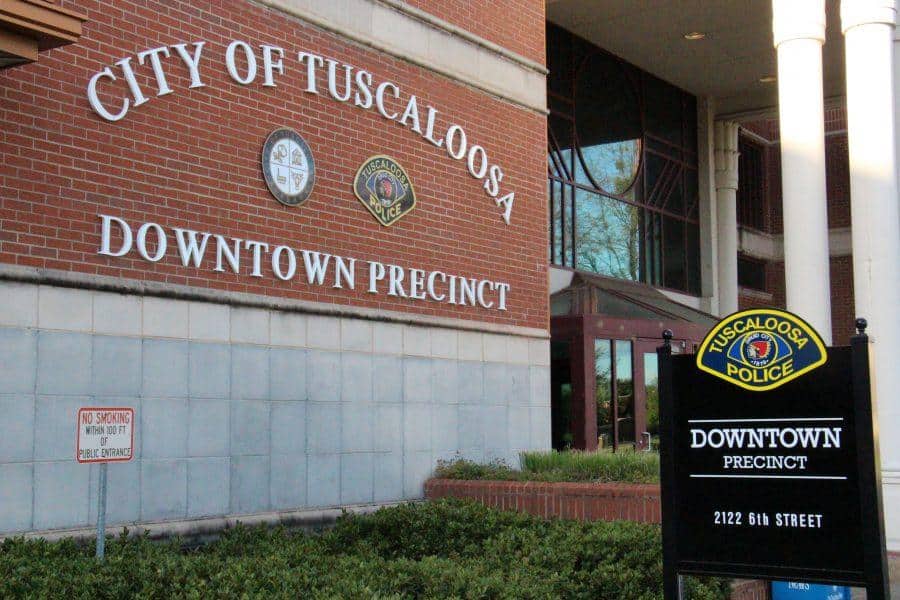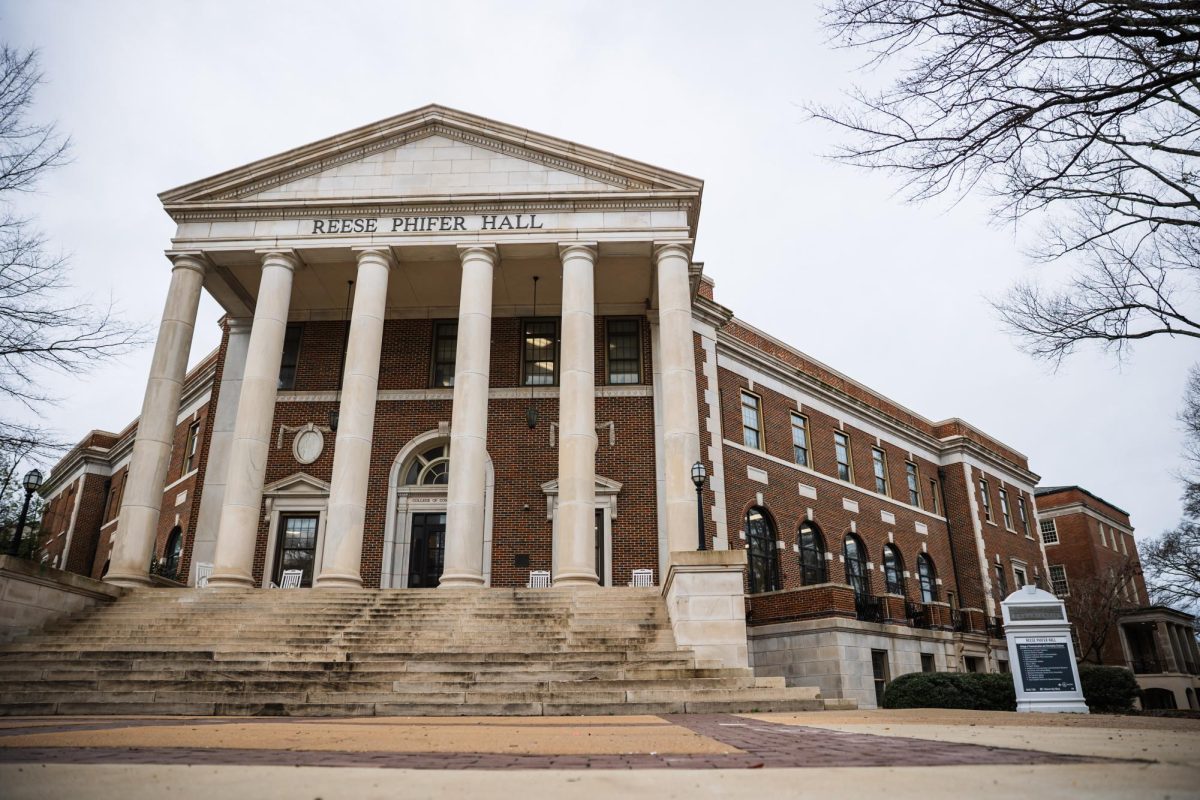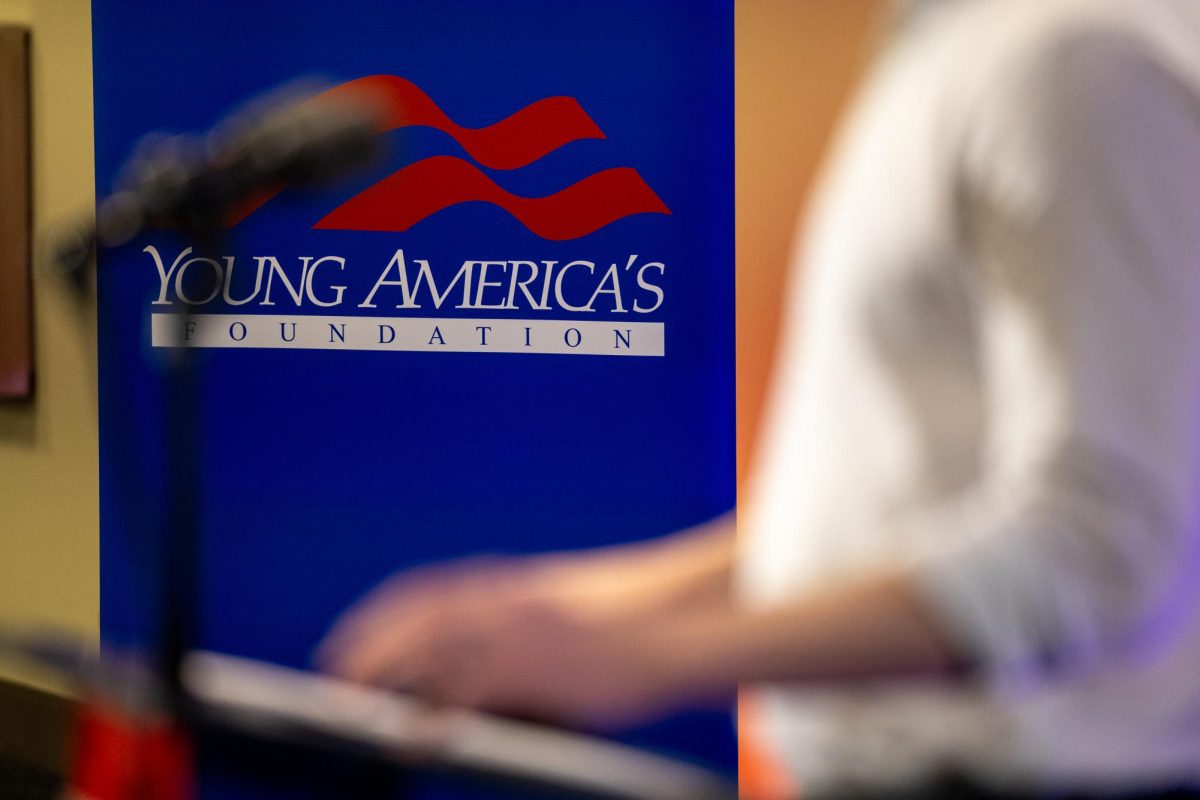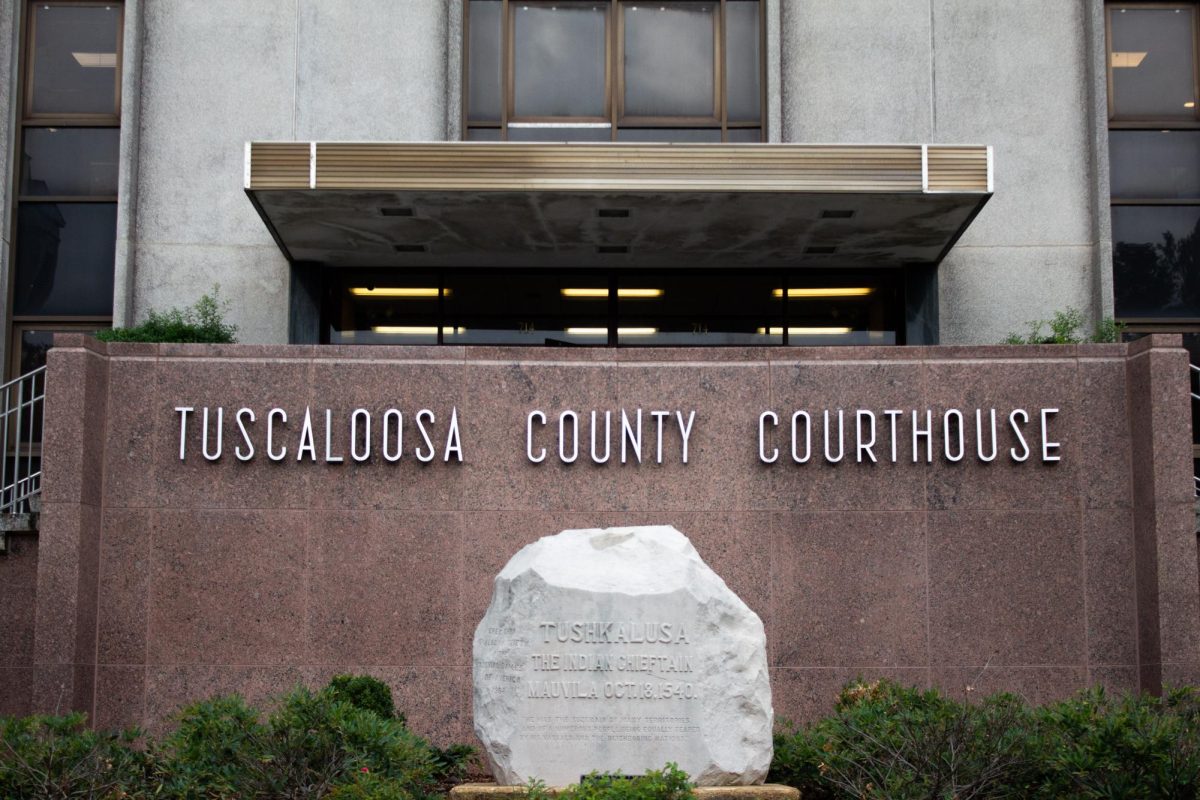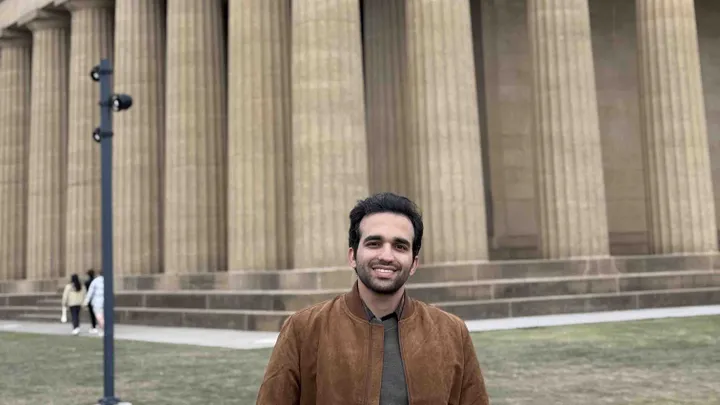Kate Dassenko and her roommate Nicole Busiak were spending time at home when they heard a loud noise coming from their garage.
“It was loud and only for a few seconds,” Busiak said. “We all checked to see if there was anyone in our garage.”
There was no one there when Dassenko, a senior majoring in hospitality management, and Busiak, a recent graduate, went to check their garage. Dassenko and her roommate called the Tuscaloosa Police Department to report a break-in.
“When they came out they were pretty sure that someone might have hit another house and tried to hide in our house, or he was trying to break in because they’ve had multiple other break-ins in the neighborhood recently,” Dassenko said.
After talking with the roommates, the TPD responders secured the garage door with a makeshift lock to make Dassenko and Busiak feel safer. Dassenko said the TPD responders were helpful and the responders told them there was an increase in breaking and entering cases in their neighborhood off Veterans Memorial Highway.
This past year has seen an increase in breaking and entering crime in the area. 609 auto-burglaries were assigned to the TPD in 2017, Capt. Brad Mason, commander of the Criminal Investigations Division or CID, said. From those cases, 107 arrest were made that year, an 18 percent arrest rate. During February, Mason said the TPD tracked 52 auto-burglaries and 16 arrests.
“I would say that there is a dramatic increase this year from last year,” Capt. Heath Clark, commander of the Downtown Precinct Patrol Division said.
Erin Kearns, an assistant professor in the UA criminology and criminal justice department, said reducing burglaries can happen by stopping the repeat offenders.
“Most of these burglaries are committed by the same person or people who are doing this over and over,” Kearns said. “Being able to identify them early reduces their ability to commit further crimes.”
In order to inform people about local break-ins, the TPD releases videos of suspects on their social media outlets like Twitter and Facebook. The TPD is also working to decrease break-ins, especially for cars, through a campaign called Lock It Or Lose It.
“Around 8 percent of the auto-burglaries that are occurring, the cars are unlocked,” Capt. Brad Mason, commander of the CID said.
Mason said the border surrounding the UA campus is notorious for having unlocked cars parked around it. The campaign informs people that leaving their property unlocked is dangerous in order to prevent people from being a victim of break-ins or thefts. The National Highway Traffic Safety Administration urges people to go beyond simply locking doors, telling people to invest in anti-theft systems like window alarms or ignition cut-off systems.
Kearns said even without knowing the direct effect on crime from information campaigns like Lock It or Lose It, more knowledge is never a bad thing.
“It is next to impossible to determine whether they actually are preventing crime or not, but I don’t see a downside to initiatives like this,” Kearns said. “I don’t see a world where they would increase crime.”
While these methods might not be a foolproof way to prevent theft, parking in a well-lit area around other cars could deter suspects, Kearns said. This would be a better alternative to parking in a less crowded, darker area.
However well-lit areas do not guarantee safety either. Studies like one conducted by the Home Office of the UK performed, one of the most recent and comprehensive reviews of lighting effects on crime, have found implementation of lights in American cities does not consistently lead to a downturn in crime, and they could not discern why the effects were so inconsistent.
Kearns said the added light has a benefit beyond possible deterrence. More lighting in apartment corridors would be helpful for security cameras, Kearns said. If something does happen, the police will be able to see who has been in and out of the complex so they can get an image of the suspect.
Kearns said the logic to keep people’s vehicles safe follows for homes. People should lock their doors and first-floor apartments should have security bars on their windows just in case.



